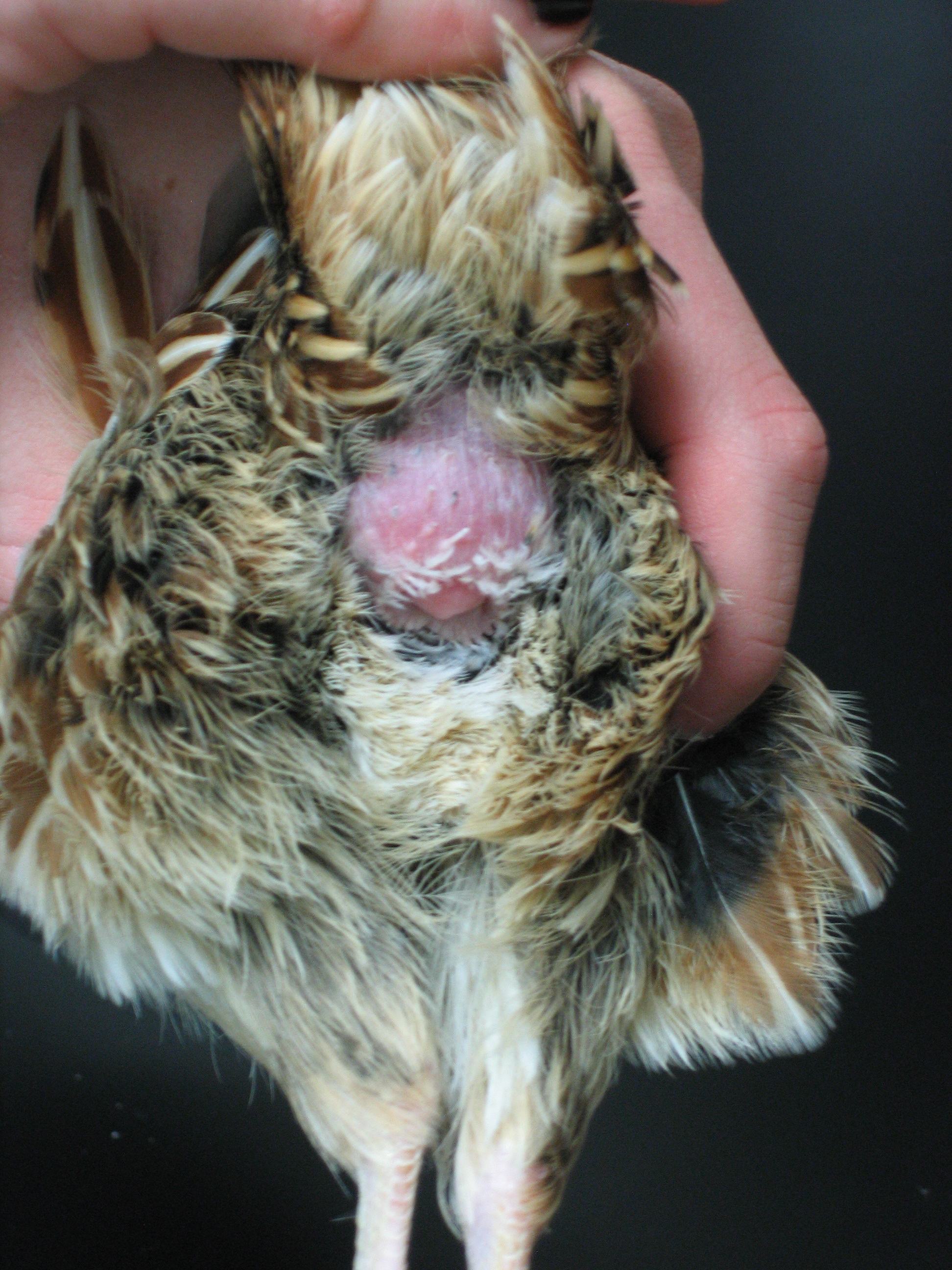Since Darwin, pre-mating sexual selection has been recognized as a potent evolutionary agent. Only in recent decades have biologist realized that females often mate multiply, allowing males to continue to compete after mating and take the form of sperm competition. Sperm competition clearly shapes a multitude of morphological and behavioral adaptations, but its role in genetic divergence is less understood.
My research program seeks to understand 1) what is the role of sperm competition in genetic divergence? and 2) what is the genetic basis of adaptations to sperm competition? This work combines classic experimental designs from behavioral ecology and evolutionary genetics with modern genomics technique. Specifically, I have explored the hypothesis sperm competition drives the nearly universal observation that reproductive genes are among the most divergent in the genome. I focus on a copulatory foam (above) that male Japanese quail (Coturnix japonica) transfer to the female reproductive tract during mating.
Despite demonstrating that foam dramatically improves a male's reproductive success under sperm competition, I found that the vast majority genes expressed in the foam gland evolve under striking and surprising levels of selective constraint. However, the most abundant proteins in the fund are novel and diverge quite rapidly. Overall, my results suggest that rapid evolution is not a universal product of sexual selection and highlights the importance of applying genomics approaches to studies of sperm competition.
This work sets up a long-term research goal of understanding the genetic basis of post-copulatory male-male conflict and its role in the speciation process.



